Pehalwani, a form of wrestling in the subcontinent, is among one of the oldest traditions of Gujranwala, the fifth largest city of Pakistan in terms of population, and known as the city of wrestlers. In a way it would not be wrong to say that pehalwani is in the blood of the people of Gujranwala.
Deep-rooted culture
After Partition, Lahore and Gujranwala became strongholds of pehalwans, many of whom have won medals for Pakistan in the Commonwealth Games. Gujranwala has around 25 small and big akharras [mud arenas] where children and people of all ages go to learn wrestling or kushti. The heart of the city is steeped in wrestling history, with nearly every neighbourhood having young enthusiasts who have experienced the training grounds of akharras.
A glorious history
Banners with pictures of Gujranwala's famous old pehalwans including pehalwan Rahim Bakhsh Sultaniwala who was declared Rustam-e-Hind, Sher-e-Pakistan Achha pehalwan, Goga pehalwan, Jhara pehalwan, Sitara-e-Pakistan Younis pehalwan, Rustam-e-Pakistan, Shahid Atewala and Nazir Thelewala pehalwans, displayed in streets and markets of the city tell the story of the Gujranwala's characteristic pehalwani culture.
However, amongst all the renowned pehalwans of Gujranwala, Rustam-e-Hind Rahim Bakhsh Sultaniwala also known as Sanduria is considered the glory of Gujranwala
He belonged to a family of Gujjars, an ethnic community, was about seven feet tall and weighed about 300 pounds. At the time his biggest rival was Gama pehalwan with whom he fought four times. They first fought in 1902 at Junagadh where Sanduria had a clear advantage over Gamma as the latter was only 5.7” tall. The match that lasted for an hour was finally declared a draw.
The next bout in the series took place in 1906. After two hours of intense competition, it also ended in a draw. After a few months, both the pehalwans faced each other at the Lahore venue for the third time. Once again, the contest lasted for two hours and ended without a result. Their fourth and last match took place in 1910 at Allahabad. Initially, Sanduria hit the dhobipat, a tactic in kushti, but soon none of his sparring tactics were responded to. After two-and-a-half hours of kushti, Sanduria's rib was broken, and Gamma was declared victorious.
In his last match at Wazirabad in 1936, 72-year-old Sanduria defeated a 28-year-old Canadian-born pehalwan named Hudson in just three minutes.

It is a lifestyle
For centuries, through generations, pehalwani has become such a tradition that it is a must for every child in a family to go to the akharra. While, some families have completely shunned pehalwani, there are those that prefer pehalwani for their sons over becoming doctors and engineers.
Seventy-year-old Parvez Butt was a pehalwan in his youth, and participated in competitions at college and district level. “I began training as a pehalwan 50 years ago,” shares Butt. “Times are changing and nothing special has been done at the government level to promote this traditional sport. But its passion still attracts young people and the pull of the akharra is still there. Whether the young men of Gujranwala belong to a rich or poor family, they prioritise becoming pehalwans instead of going into professions such as doctors or engineers. The least they still do is to go to the gym or akharra and build a beautiful, muscular body. They believe that their bodies must touch the soil of the akharras in Gujranwala.”
“What harm can exercise do?” asks Rustam-e-Pak-o-Hind, Omar Butt pehalwan. “But the present-day young pehalwans in Gujranwala who realise that studies cannot be neglected for becoming a professional pehalwan, take up and work on both.”
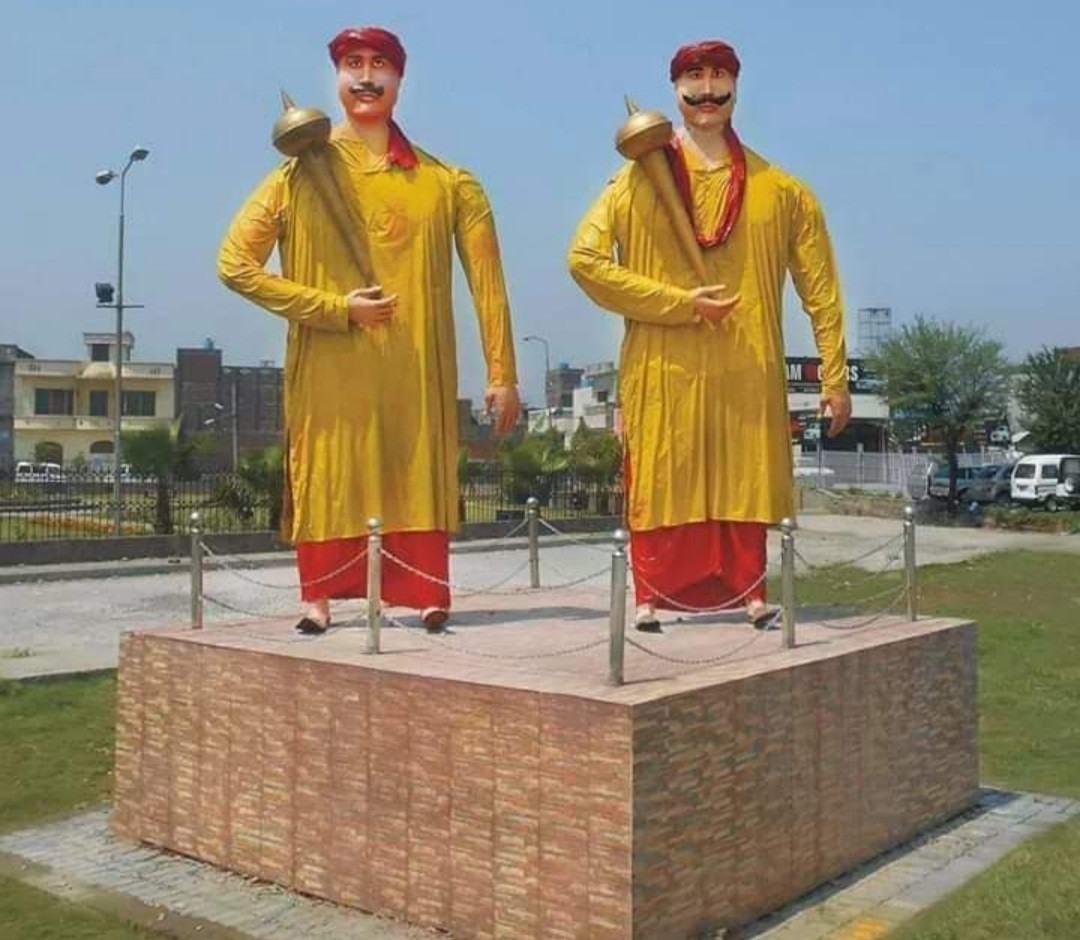
Contemporary stars
Jani pehalwan, Junaid pehalwan, Inaam Butt, Tayyab pehalwan, Shehzad Butt and Asif Mochi are the most renowned young pehalwans of the present day. With their consistent efforts, they have won medals at national and international levels.
Omar Aman, a first-year student who believes pehalwani is in his blood, goes to college in the morning and learns pehalwani in the evening. “Since my father and grandfather were pehalwans, my inspiration comes from home,” says Aman. “I hope to represent Pakistan in international competitions in the future.”
Ghulam Ahmed, a second-year student also belongs to the family of pehalwans and has been pursuing pehalwani for four years along with his studies. “I want to become a professional pehalwan and represent Pakistan internationally,” he says.
"I have been training since the last two years,” says Waqas Ali, an 18-year-old pehelwan. “Apart from pehalwani, I am also a third-year student. Kushti is my passion that I have inherited from my father who supports me in the diet I need and sends me to special coaches in different akharras for training. He also teaches me the tricks of kushti whenever he finds time."
Also known as Rustam-e-Daska, thirty-year-old Haider pehalwan frequents the akharras of Gujranwala three days a week. "Here I get the opportunity to wrestle with the great pehalwans of Gujranwala," he says. Being in field for the past 12 years, he has built a perfect body.
"To sustain my passion for pehalwani, I compete for an athletic federation in Sialkot which supports me financially to be able to get the required diet and training.”
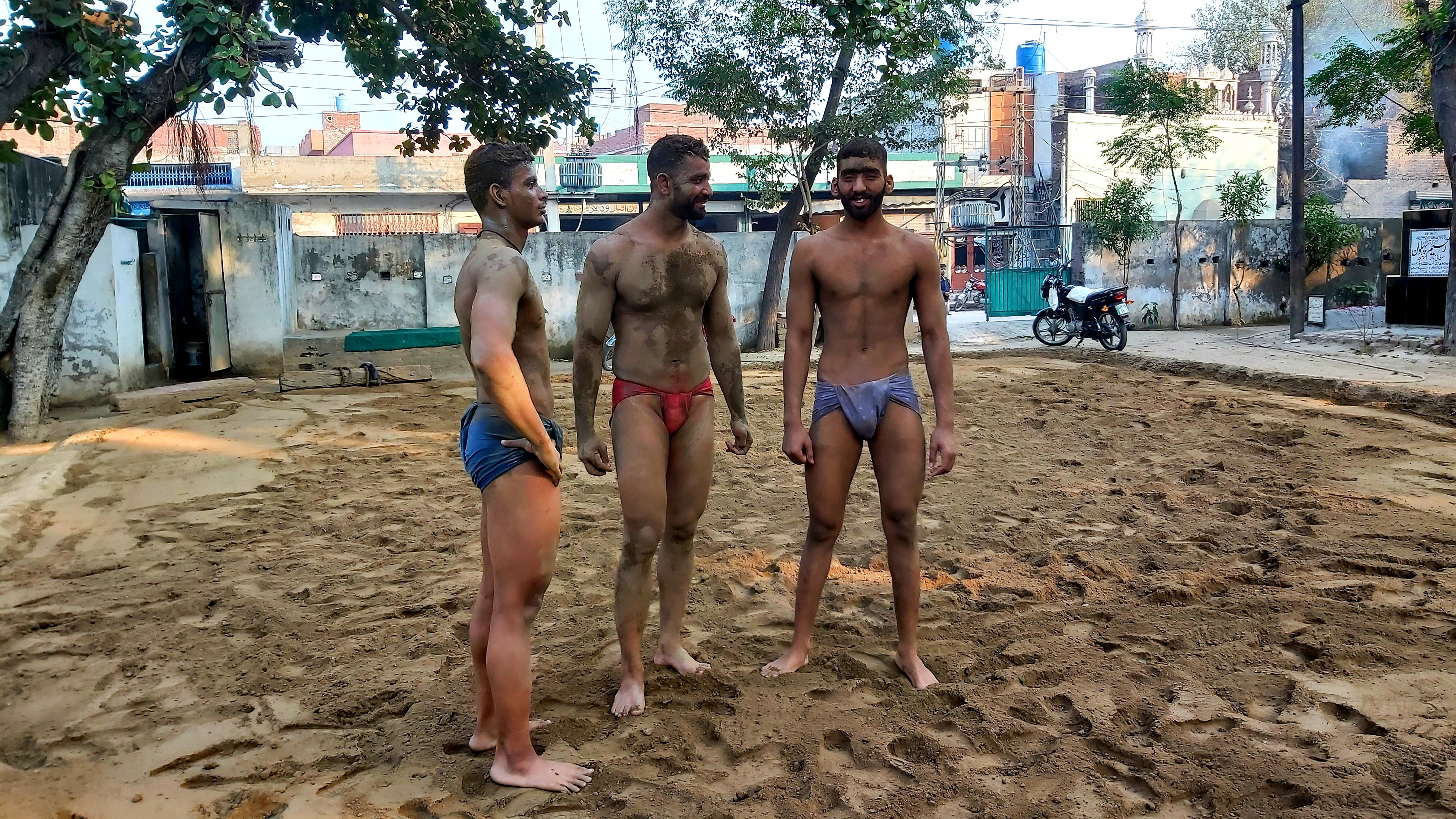
The politics of tambourines
Gujranwala’s world of pehalwani is divided into different daffs or tambourines. Each akharra is associated with several daffs that train their pehalwans so that their daff can be victorious. In some cases, members of the same street, neighbourhood or family belong to a daff. The competition and rivalry among the daffs is so intense that when someone wins a world title, sweets are distributed to the whole city, but the rivals are kept at a distance.
Lala Safdar Butt, also a pehalwan in his time, is the father of Inam Butt, an internationally recognised pehalwan, who won his second gold medal in the Commonwealth Games in 2018. “Not everyone can understand this tradition of tambourines, but the entire city and the akharra are divided into various daffs,” says the senior Butt. “This rivalry motivates the young pehalwans to perform better and creates a competitive atmosphere right from the beginning.”
Omar Butt points out that if daffs are abolished in pehalwani, the tradition of pehalwani might just die. “This rivalry keeps pehalwani alive from generation to generation,” he adds. “If this competitive trend is removed, the competition will lose its justification.”
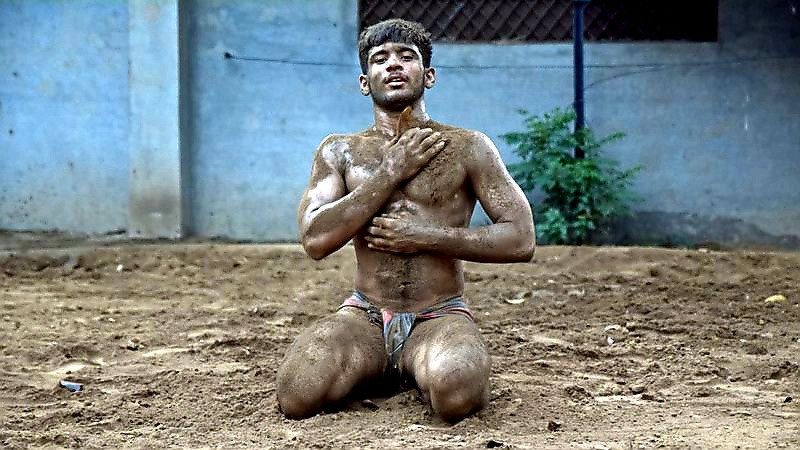
Tradition in the modern day
Presently, young people in Gujranwala are not keen on professional pehalwani, rather they consider it a sport or a pastime that gives them a healthy lifestyle. Despite having seen their grandfathers and fathers in the traditional sport, they need to be trained to be able to confidently appear in the akharra wearing a lungot [kaupinam or loincloth] in front of a crowd.
“I would make my sons run on the street in a lungot every morning,” shares Lala Safdar. “In the beginning, they felt shy and some people would be surprised to see them. But how can they wrestle in the akharas, if they feel shy on the street?”
Lala Safdar believes that pehalwani is not just a hobby or a sport, but a lifestyle that you have to adopt. “When a young pehalwan is groomed for competition, he is protected and cared for like a hen protects her chicks by tucking them under her wings,” he says. “Special care is taken of these under-trainees and they are not even allowed to go to and return from the akharra alone, because the slightest carelessness can prove harmful and he may lose his participation in the competition.”
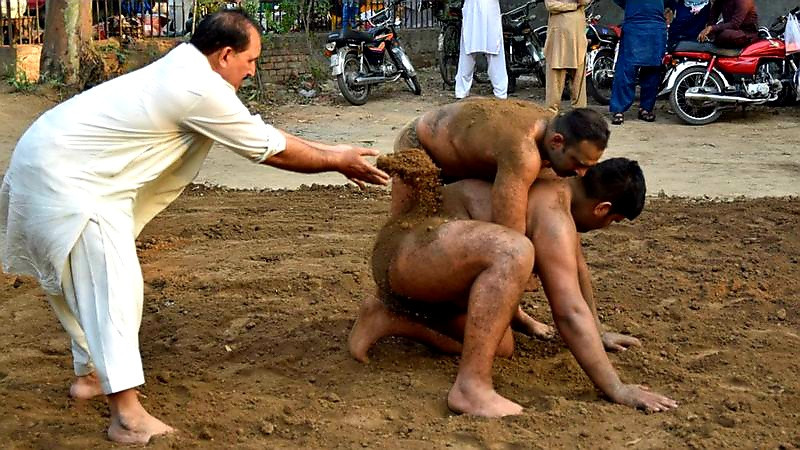 The battleground
The battleground
The oldest and most renowned akharras of Gujranwala are Akharra Rahim Pehalwan, Akharra Younis Pehalwan, Akharra Maani Pehalwan and Akharra Azam Pehalwan, out which the first is a pre-partition akharra.
With the permission of one of pehalwans present, I entered the akharra and took a few pictures of the pehalwans wrestling because this was the only akharra where I saw pehalwans wrestling with each other as part of their training.
Riyaz pehalwan and Irfan pehalwan, the custodians of Akharra Rahim Pehalwan give basic training to the young pehalwans. “During summer, around 200 young boys join our akhara for training and exercise, but in winter there are not more than 25 trainees,” says Riaz, who is also an ustad [trainer] at the akharra and prepares pehalwans for national competitions. “Jaani pehalwan, the recipient of Sitara-e-Pakistan, was trained at our akharra.”
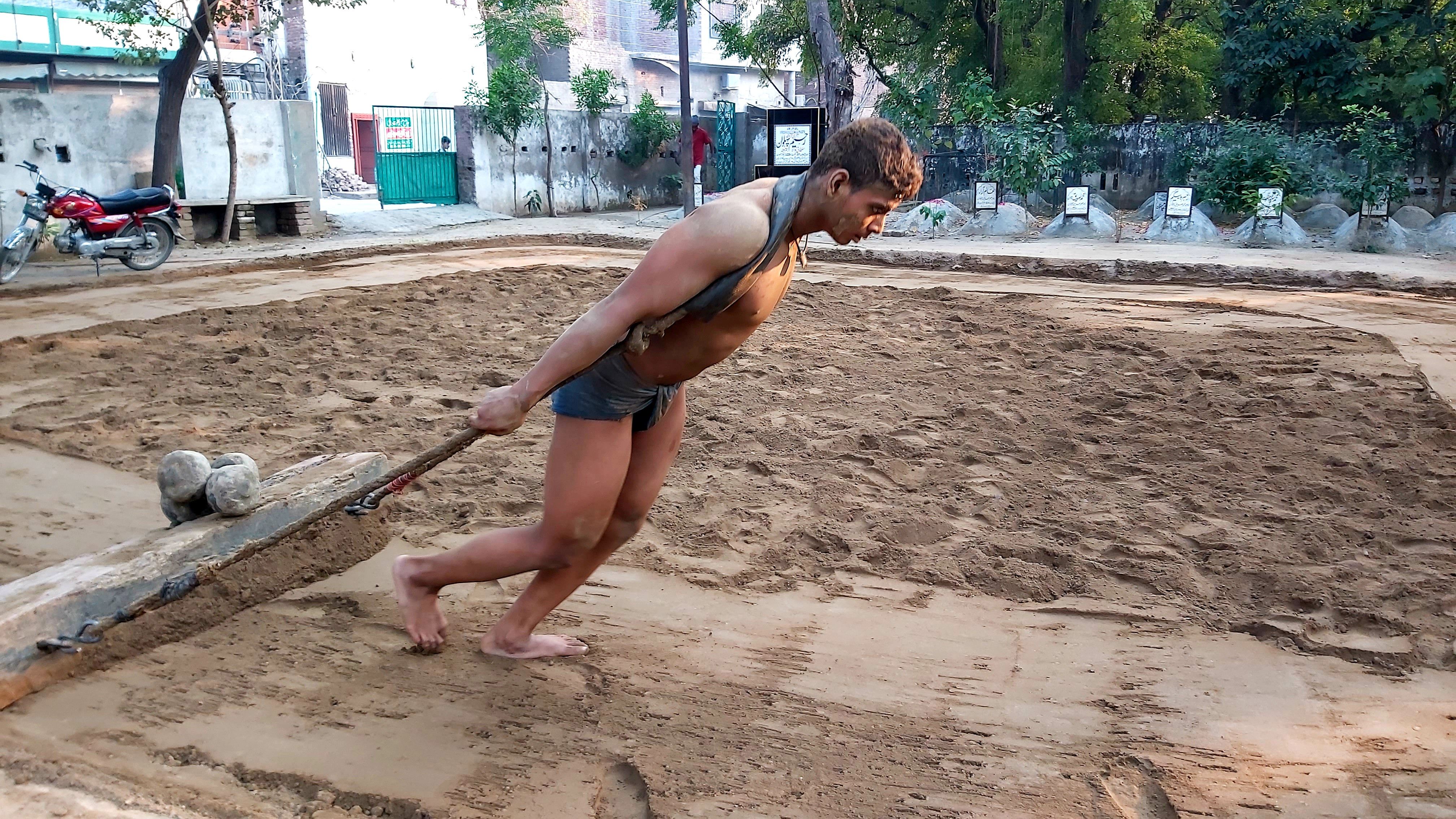
The training
Massage with mustard or coconut oil on their bodies is a prerequisite for training. As their bodies glisten with the sheen of oil, they slap their thighs and arms making a smacking sound as they begin sparring. In a few minutes, the pehalwans are covered in red-hued soil.
Newcomers at akharras are encouraged to embrace the sincerity and purity of the kushti tradition. “They must not indulge in smoking, drinking or pre-marital sex,” says Riaz. “We persuade them to completely transform their lifestyle and habits to the disciplined life of a pehalwan.”

Soil for the sons
“The soil of the akharra is mixed with camphor, lemons, milk, and turmeric,” says Rizwan Ahmad who trains at Akharra Rahim Pehalwan. “When pehalwans practice in the akharra, the soil energises them and removes impurities from their bodies.”
Irfan emphasis that a pehalwan should spend at least two hours at the akharra every day. The best time for the training is from 3pm to 5pm. A newcomer can become a full-fledged pehalwan in less than three years if he attends the akharra regularly and takes the proper diet required for pehalwans.
To warm up for their rigorous training and exercise, pehalwans are provided with grub hoes to hoe the ground, break and soften the soil for at least 20 minutes. Following that, the pehalwans level the soil by carrying and placing a long log on it tied on both sides with a rope over their shoulders.
They also exert their bodies by doing at least 500 push-ups and 500 sit-ups. There is a separate room for pehlwans to use exercise equipment and lift heavy weights for at least a 100 reps.
Finally, they perform kushti with each other, under the supervision of their ustad who closely watches his trainees. They are helped, guided and taught new tactics, techniques, tips and tricks of kushti.
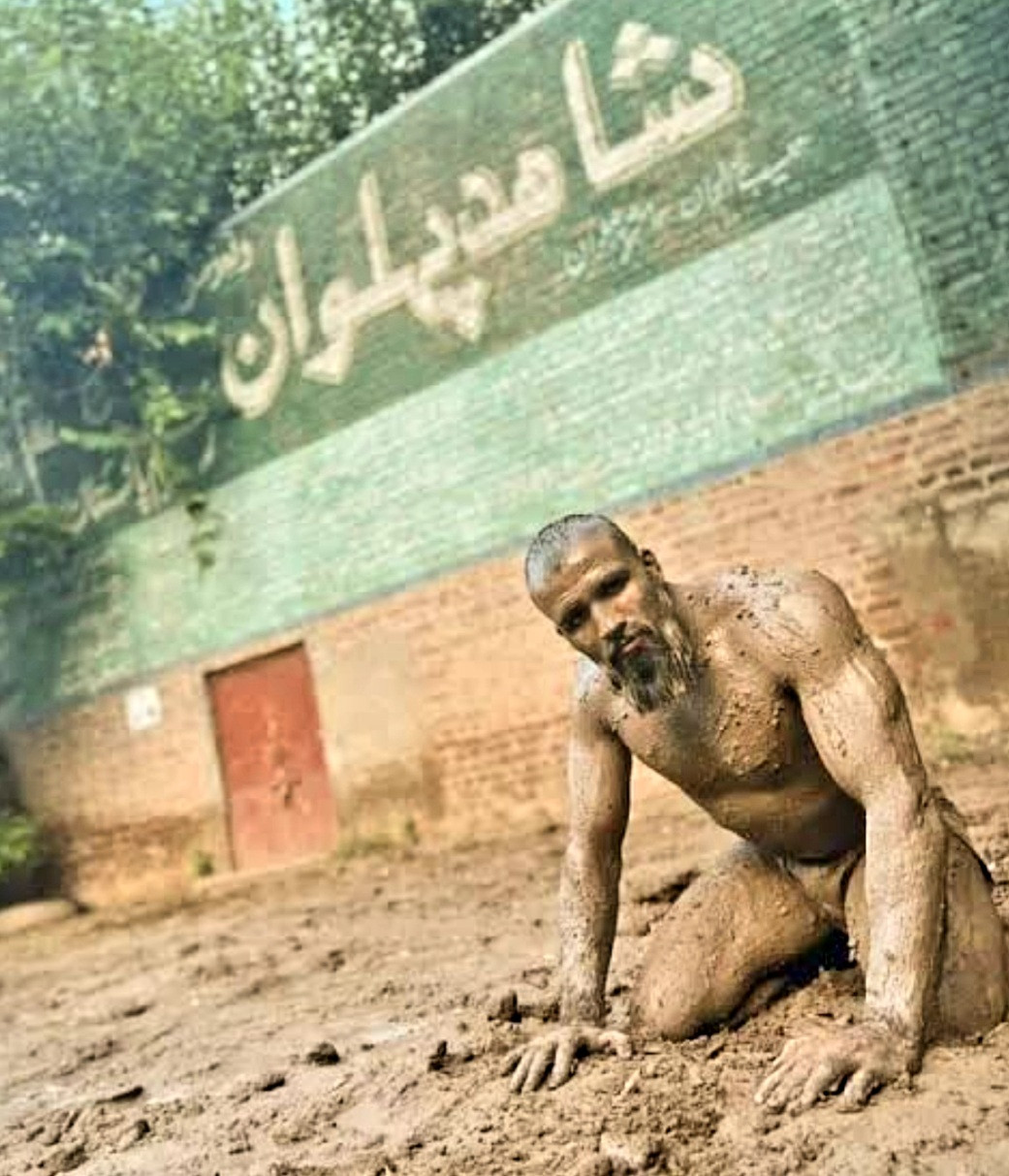
Power diet
Pehalwani is an expensive sport because these days it is not easy to afford the nutritious and rich food intake that is required.
“Pehalwans drink sardai made of almonds, khashkhash [poppy seeds] and milk in the evenings,” says Riaz pehalwan. “They must have a regular intake of almonds, raisins, saffron, caraway seeds, cardamom, black pepper, garlic, cashews, and large quantities of dry fruit, pure milk and desi ghee, vegetables and fruits, grains, beans and pulses. In addition, they need meat and fish for their high protein needs. A pehalwan usually eats 100 grams of almonds, murabba (jam) and clarified butter daily.
“It is often difficult for pehalwans from middle-class families to afford this nutrient-dense diet in these times of high inflation so a lot of pehalwans depend on donations,” says Riyaz pehalwan. “Several athletic federations in Gujranwala provide financial support to young and renowned sportsmen and pehalwans.”

Pehalwans with their own businesses or lucrative jobs can easily afford food and training expenses, while some are sponsored by banks, WAPDA, Army, FBR, police and they fight only for their sponsors.
“Many trained pehalwans meet their food and training expenses by winning cash awards ranging from 25000 to 100,000 rupees by participating in grand competitions,” adds Bilal pehalwan.
"Since we are a group of five people who run Akhara Rahim Pehalwan,” says Irfan, “if we spot a potentially courageous and skilled pehalwan, we encourage him by providing financial support if he needs it. If he wins at the national level, our akharra gets national and international prominence.”
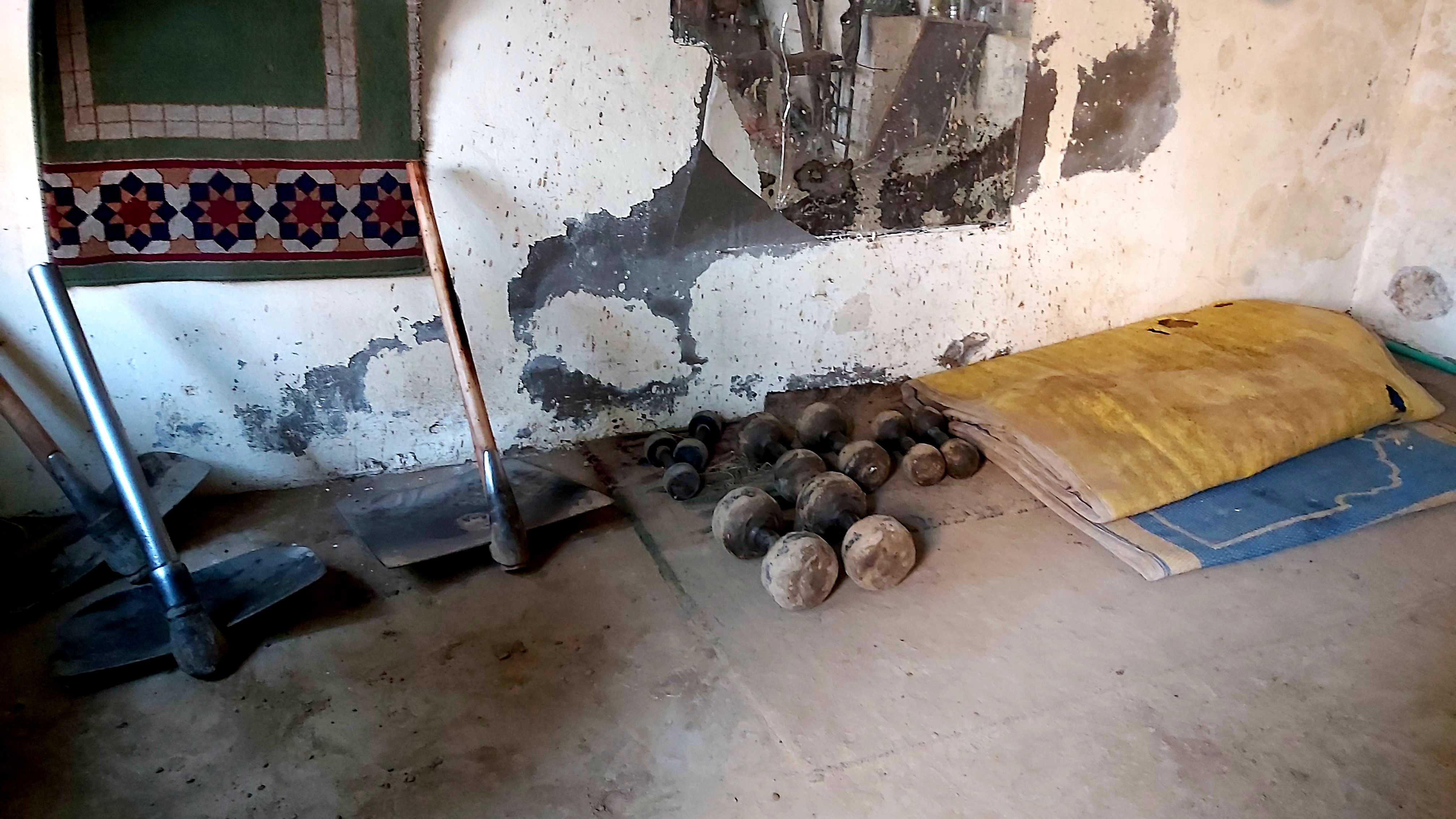
Sadly, pehalwans fear that if the rich tradition of pehalwani remains unsupported at the government level, the cherished prospect of winning world titles in this sport may become a distant memory, hastening the eventual demise of this time-honoured tradition.
Waseem Shabbir Arain is a freelance journalist and can be reached at waseemshabbir78@gmail.com
All facts and information are the sole responsibility of
